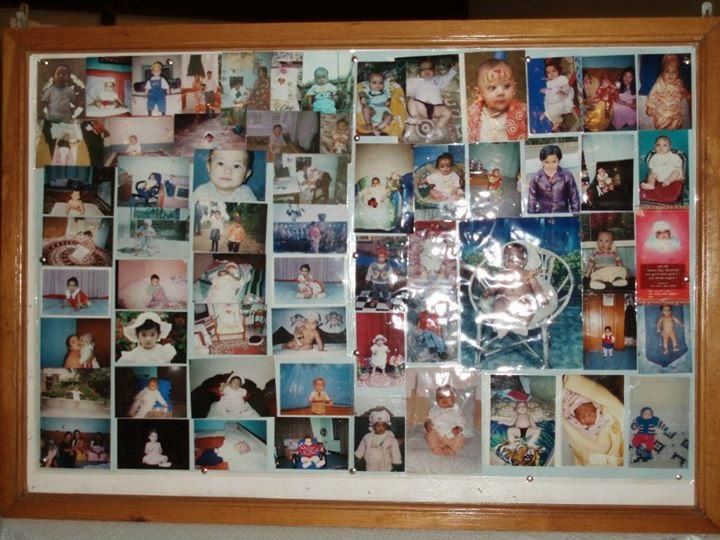Dr. Uma Shrivastava
Infertility Centre, Bijulibazar, Kathmandu
Introduction
• Most common cause of female infertility• (Nestler JE Fertil. Steril:77: 209 March 2002)
• Presents with Anovulation & Infertility
• Multiple small cortical follicles with typical necklace like appearance in both ovaries
• Vague multi-systemic endocrine disorder
• High level of hormones LH: FSH ratio, DHEAS, Prolactin, TSH, Insulin etc.
• By the age of 40 years up to 40% of women may develop type 2 diabetes or impaired glucose tolerance
• Women with PCOS are at the risk of MI & heart disease seven times more than normal women
Prevalence rate
• Among women of reproductive age 28-31%(Knochenhauer ES. J Clin Endocrinol Metab. 1998 Sep;83(9):3078-82 & 2000 Jul;85(7):2434- 8)
• Among obese women 28-30%
Alvarez-Blasco F. Arch Intern Med. 2006 Oct. 23;166(19):2081-6)
• Among Hirsute 23%
(J Clin Endocrinol Metab. 2000 Vol. 85, No. 11 4182-4187)
• Among Frank diabetics 33%
(Fertil Steril. 2006 Aug;86(2):405-10. Jun8)
• Genetic link –affected sisters up to 80%
(Fertil Steril. 2001 Jan;75(1):53-8)
• Among ischaemic heart disease 46%
(MJA 1998; 169: 537-540)
Signs & Symptoms
• Anovulation1. Early Cycle
2. Regular Cycle
3. Late Cycle
• Obesity
• Hirsutism
• Acne
• Alopecia
• Acanthosis nigricans
Etiology
• Clearly unknown – an Enigma• Insulin resistance
• Hyper-secretion of Lutenizing hormone
• Hyperandrogenism
• Genetic predisposition
Pathogenesis
I. Insulin Resistance
• Normally glucose is passed into the cell through insulin receptors doorway
• The average healthy body contains 20,000 insulin receptor sites per cell
• The average overweight individual with PCOS can have as few as 5,000 insulin receptor sites
• In PCOS few receptor sites will not allow all the glucose into the cell
• Glucose remains in the blood stream
• Glucose is converted into fat and stored via the blood stream throughout the body
• Excess fat lead to weight gain and obesity
II. Increased peripheral Estradiol & estrone levels
• Stimulates numerous follicular growth
• Some follicles undergo luteinization
• Stimulates stroma & theca of ovary, increase surface
• Multiple follicles surrounded by hyperplastic theca
• Some follicles remain stunted & few undergo atresia
• Prevent normal follicular development - Anovulation !
III. Androgen excess
• Stimulates stroma & theca of ovary, increase surface
• Multiple follicles surrounded by hyperplastic theca
• P450 aromatase gene mutation
• Production of excess Androgen & testosterone
IV. Abnormal gonadotropin dynamics
• Altered diurnal rhythm of LH secretion
• Increased LH pulse frequency
• Stimulates numerous follicular growth
• Feedback increase in FSH
• More new follicles growth
• Accelerates LH production & suppress FSH
• Elevated LH:FSH ratio
Materials & Methods
• Retrospective study conducted at the Infertility & IVF Centre, Kathmandu• A counseling & laboratory based study
• Duration (Sept. 2003 - Nov. 2006)
• The study population- women willing to conceive & adolescence with irregular menstrual cycle
• Total female analyzed = 3740
PCOS diagnostic criteria
A. Symptomatic (Counseling)• Irregular cycle
• Positive family history
• Hirsutism
• Obesity
B. Laboratory Evaluation
• High level of hormones (LH, Insulin, Androgen, Prolactin, Estrogen etc.)
• Ultrasonic evaluation – Abdominal & trans-vaginal ultrasonography of the ovaries
• Black pearl necklace-like appearance of multiple cortical cysts
• Ovarian volume of more than 10 cm3
C. Exclusion of secondary causes
Management of PCOS
• Ovulation induction - Clomiphene citrate , FSH, GnRH etc.• Insulin sensitizing agents – Glucophase, Pioglitazone, D-chiro inositol etc.
• Weight reduction - Diet management
• OC pills
• Ovarian volume reduction-Surgical procedure
Conclusion
Previous studies
• Up to 31% prevalence PCOS(Asuncion M. J Clin Endocrinol Metab. 2000 Jul;85(7):2434-8)
• Higher prevalence in Indian than Chinese ethnic
(Williamson K. Aust N Z J Obstet Gynaecol.2001 May;41(2):202-6)
Our study (Infertility Centre)
• Total female analyzed = 3740• Hormonal & other disorder = 2200 (58.9%)
• Structural & functional PCOS = 1500 (40%)
• Cut off = 40
• About 400 PCOS (40%) in 1000 reproductive disorders
• More studies needed in this area
(Paper presented at NESOG Conference 2007)















